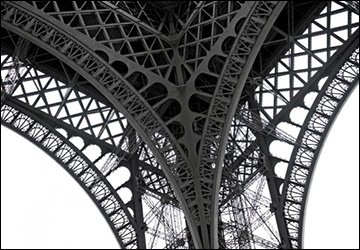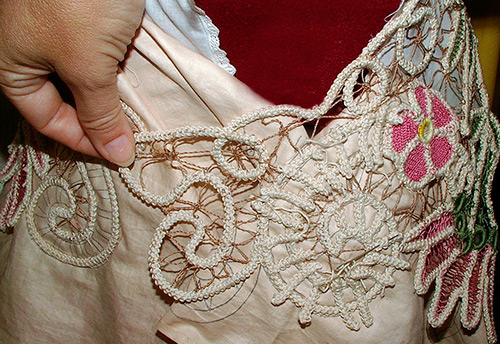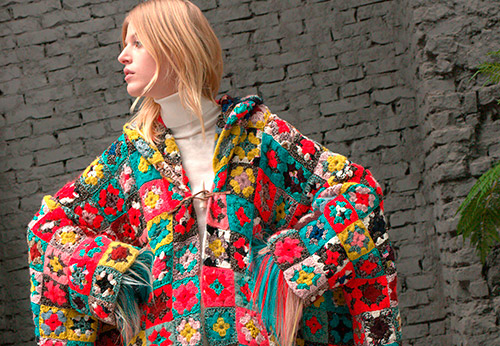Fashion history
Irish lace history and modern fashion
If you want to get to a country where wizards create fabulous patterns with their own hands, then go to the magical world of lace-making. This time our way north to Ireland.
The lace-makers who weave these laces seem to us to be sorceresses. But if you really, really want, you can become such sorceresses yourself.
Lace-making arose a long time ago, one might say somewhere in the XIV-XV centuries, and, as historians suggest, in Venice. Lace was sewn here with a needle, and today Italian women continue to preserve their traditions and create lace masterpieces. Classic lace from Venice is divided into five types according to the type of production: needle, bobbin, mixed (needle and bobbin), crocheted and knotted (tatting).
Today we will focus on crocheted lace, namely Irish lace. Irish lace is considered one of the national treasures of Ireland, and it is known far beyond the borders of this country.
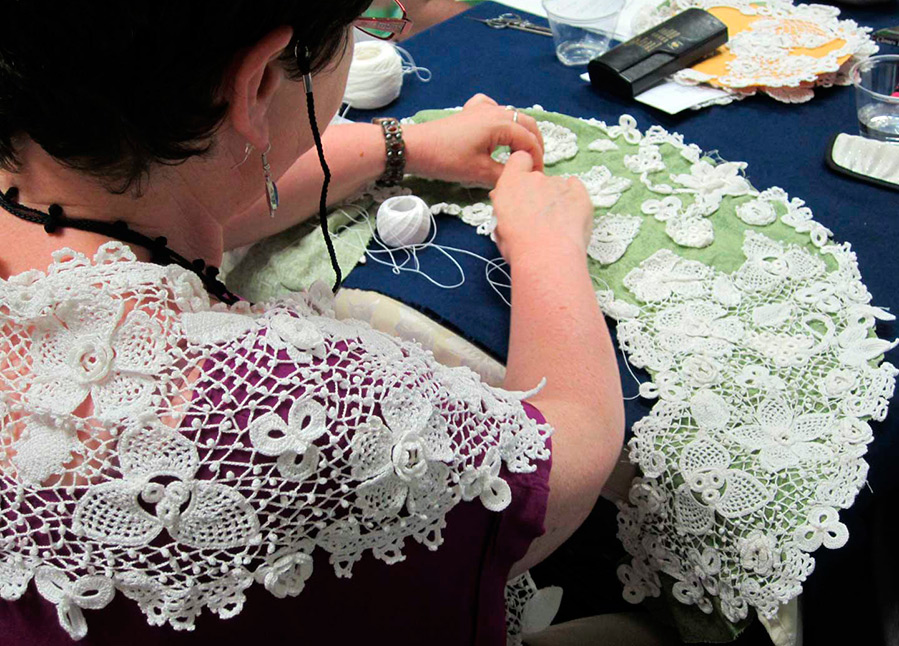
Irish lace products are not only beauty, but also individuality. But it all started with a terrible famine in the country, when it seemed that no one was destined to survive. Harsh nature, courageous people, gloomy medieval castles, the Guinness brewery and its famous Book, and suddenly the exquisite beauty of lace ...
Irish lace is special, it is similar to Venetian needle lace, but crocheted. Originally, nuns and novices were engaged in lace-making. Girls were taught from a young age.
Unlike conventional crochet, in which a whole fabric or ribbon of lace is knitted, Irish consists of individual motifs (flowers, leaves, rosettes, flagella, twigs, etc.) that are knitted separately, and then connected using a grid.
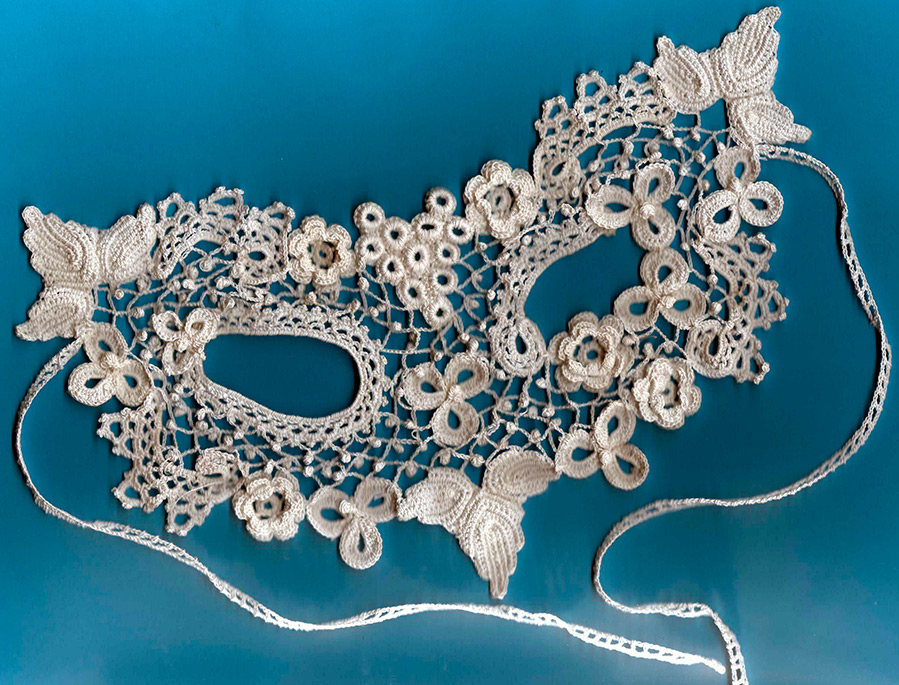
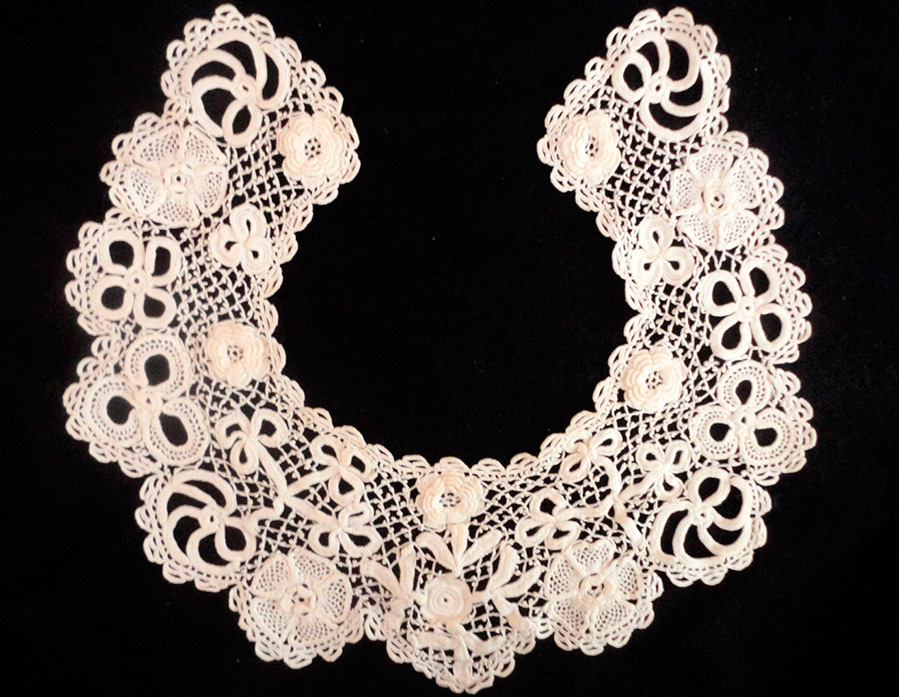
The grid can be with regular symmetrical cells, or maybe the so-called irregular grid. Sometimes the motifs are simply sewn together, without a net, or they are sewn with brides, that is, with short stitches trimmed with a cutwork seam.
Any kind of connection is beautiful in its own way, but it is used depending on the complexity of the pattern, the distance between the motifs and the preferences of the lacemaker.
Lace-making gained popularity especially in the middle of the 19th century, when Ireland was gripped by a terrible famine, and lace, one might say, saved the Irish from death.
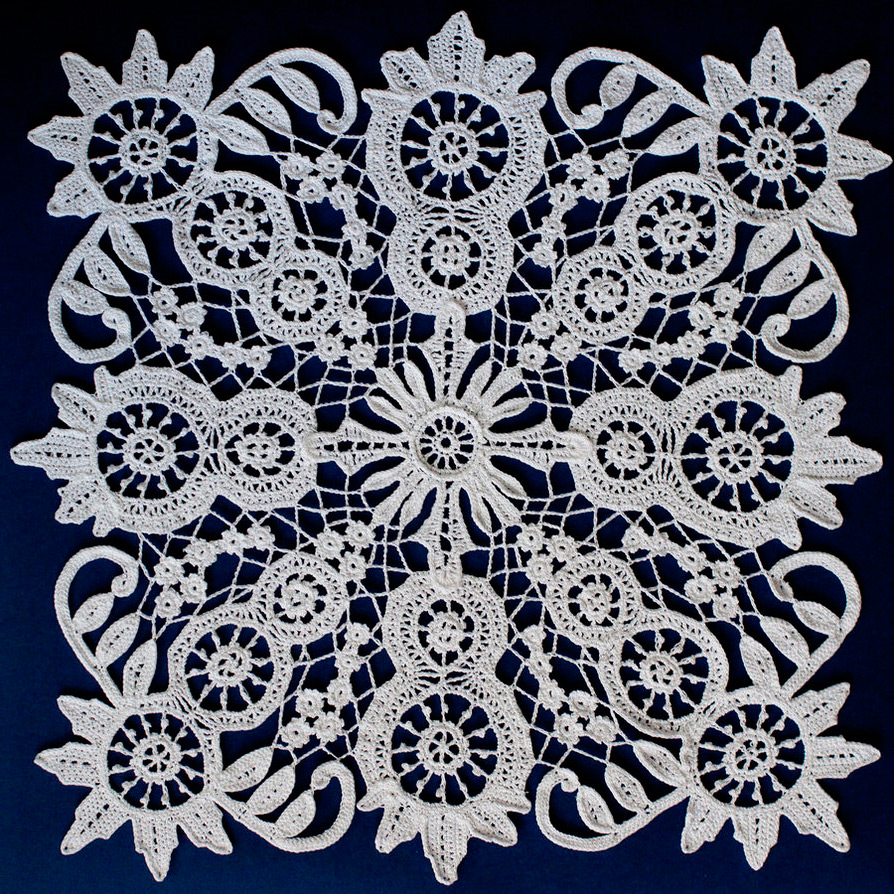
The climate in Ireland is temperate maritime. Warm and humid air masses enter the island, as the warm North Atlantic Current passes along its western coast. That is why winters are mild here and summer months are cool.
For a long time, the main food of the Irish peasants was potatoes. The hunger years began from 1845 to 1849. Since the 1840s, an agrarian revolution began in the country, which led to major changes in the system of small tenants. And then there are unforeseen circumstances - potato disease.
As a result of the famine, about 1 million people died, emigration increased, the population of Ireland fell by 30%. The country was on the verge of destruction.
To save themselves and their families from hunger, those who knew how to weave lace, took up this painstaking work. Lace was highly valued as it took a long time and was admired by many wealthy ladies. Everyone was involved in the manufacturing process: men, women, old people, and children.
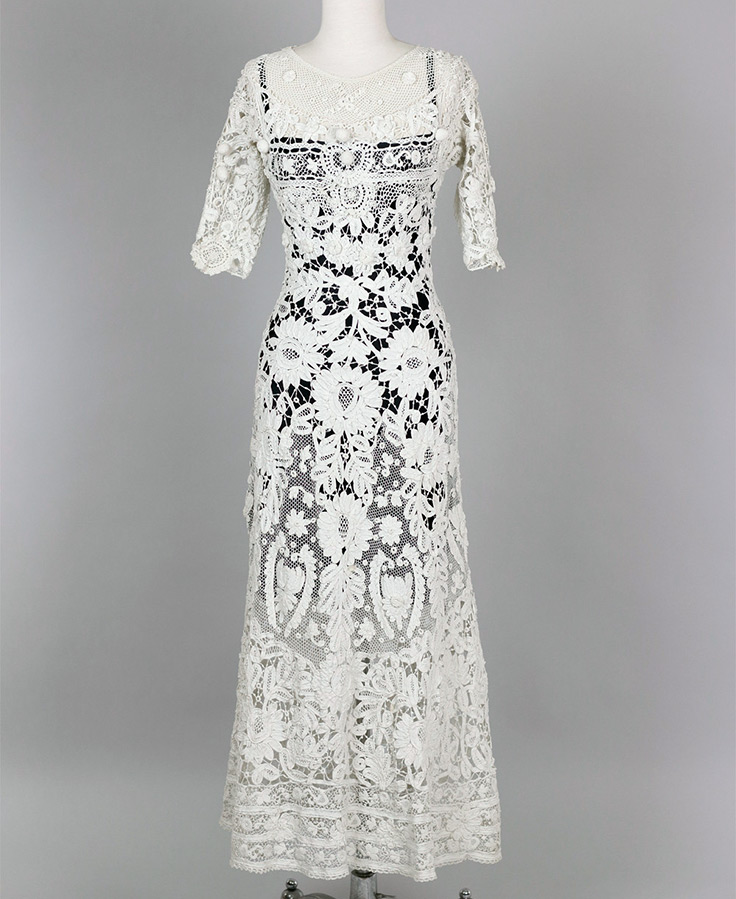
As already mentioned, lace consists of individual motifs, which are then sewn together. Therefore, all family members made individual elements, and then handed them over to special workshops, where they collected lace products. Sometimes there was a distribution of labor in the family - some made leaves, others made flowers, who did what they did better, and the work progressed faster.
Each family had its own special secrets of the original flowers and leaves, which were carefully kept from competitors. Then they collected everything in a basket and took it for sale. Irish lace motifs were used to create fashionable dresses, collars, capes, gloves, tablecloths, napkins, handkerchiefs, umbrellas and many other products, and then they were sold in fashionable salons in Dublin, London, Paris and San Francisco.
However, not everyone knew how to weave. According to art historians, the invention of crocheting Irish lace belongs to Riego de Blancardier, the daughter of a Franco-Spanish nobleman and an Irish woman. Before her, lace was made with a needle.
The same crochet motif can be made 10 times faster than with a needle. The first book of Irish crochet patterns was published in 1846. So, thanks to the wonderful idea of crocheting lace, the country was saved. And the book became for many a textbook by which the science of weaving was comprehended.
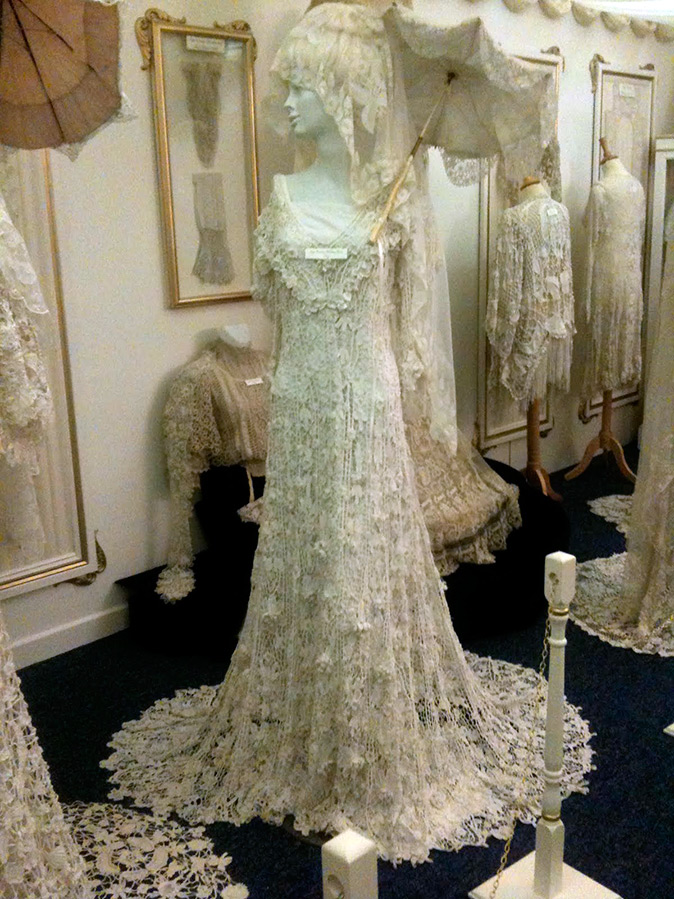
All Irish families took up lace, and for the common people it became a source of income and survival. The popularity of lace continued until World War II, during which time the demand for luxury goods declined. Today, the old secrets and original motives of Irish lace are being revived, which means that the craftsmanship will not be lost in the past, but will be preserved for future generations.
Only the hands of a craftswoman can create a variety of lace patterns, which is why Irish lace products acquire such value and individuality. Stars and celebrities, and just ordinary people who know how to see and appreciate beauty, bring it into their wardrobe and into their lives.
Recently, designers have been particularly fond of transparency, and hence the grid. Today net is a favorite decor, and at the same time can be used as the main fabric in products, and therefore Irish lace is becoming more and more popular. Very often, models appear on the catwalks in dresses or tunics made of Irish lace.
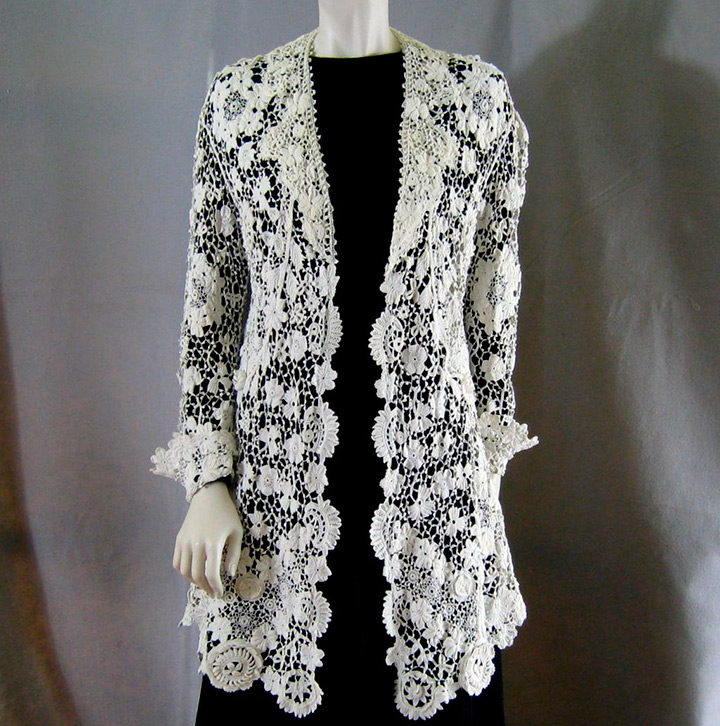
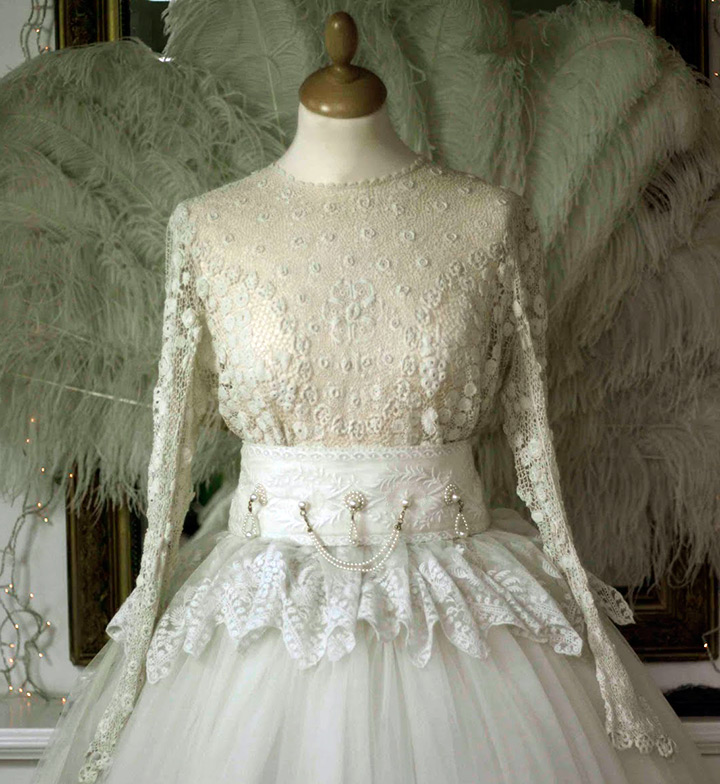
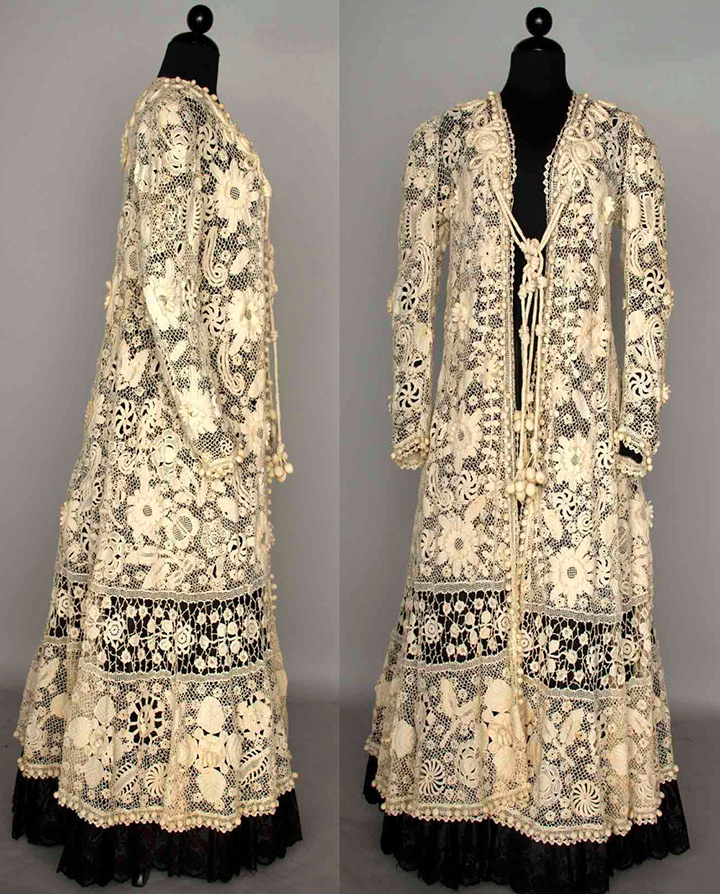
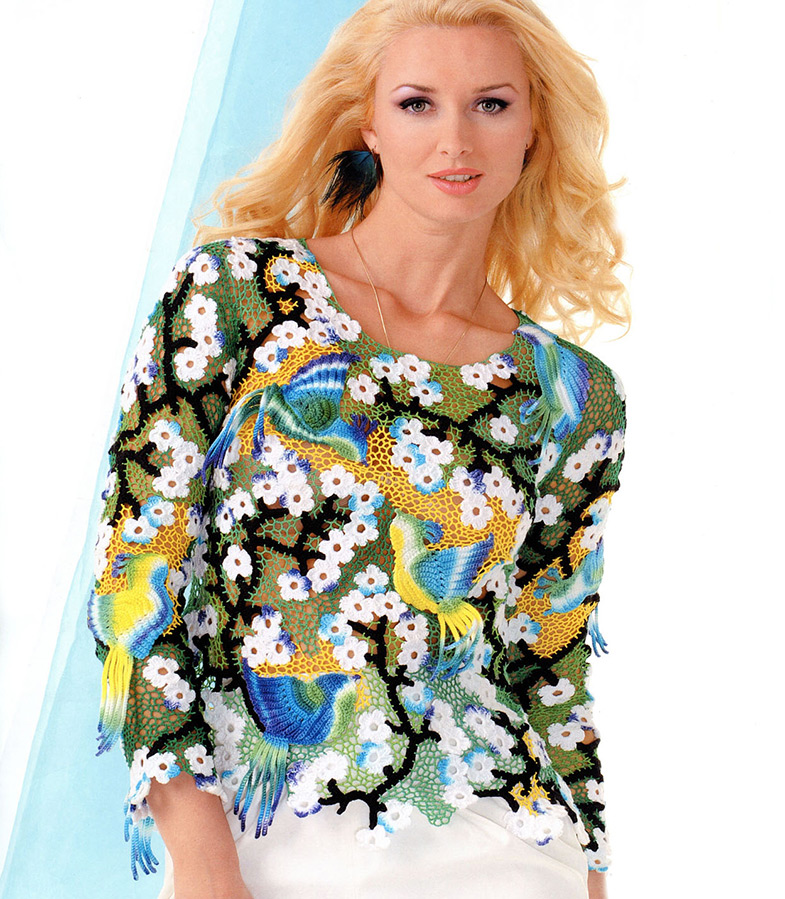
Comments and Reviews
Add a comment
Rating news
Shades of clothing that make women look younger
What shades of hair make women younger: rules and photos
Funny wedding dresses - photos and ideas
12 most expensive down jackets for the winter
How to look 25 at 40: tips from supermodels
Beautiful schoolgirls
Anti-aging haircuts and hairstyles for women
Fashionable skirts for autumn and winter
Fashionable women's trousers for the cold season
Fashionable and stylish sandals for summer 2024
Spring-summer 2024
 Fashionable dresses and tops with thin spaghetti straps
Fashionable dresses and tops with thin spaghetti straps
 Bandana tops: how to wear stylishly and beautifully
Bandana tops: how to wear stylishly and beautifully
 How to put together the perfect men's wardrobe for the summer
How to put together the perfect men's wardrobe for the summer
 Fashionable shorts for spring-summer 2024
Fashionable shorts for spring-summer 2024
 Fashionable skirts for spring-summer 2024: a guide to online shopping
Fashionable skirts for spring-summer 2024: a guide to online shopping
 The most fashionable dresses spring-summer 2024: styles and colors
The most fashionable dresses spring-summer 2024: styles and colors
 Fashionable total look 2024: ideas of images and trends
Fashionable total look 2024: ideas of images and trends

